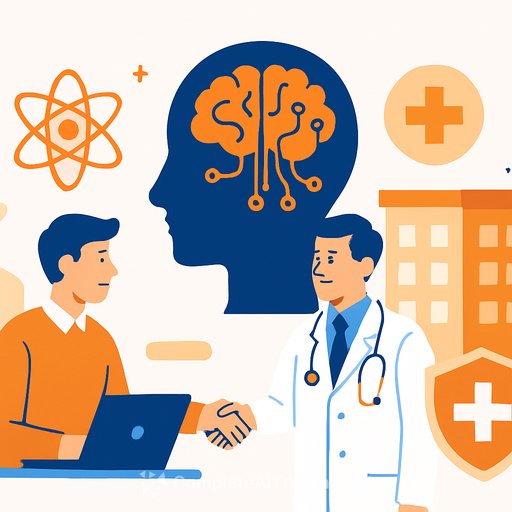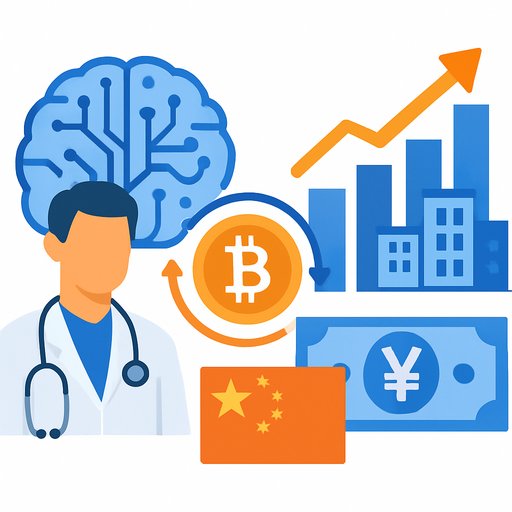Collaborative Center for Medical and Engineering Innovation Launched
The Hong Kong University of Science and Technology (HKUST) and Wuhan Union Hospital have officially launched the Collaborative Center for Medical and Engineering Innovation. This partnership is a significant step in combining artificial intelligence (AI) with medical imaging technologies such as radiology, ultrasound, and pathology. The goal is to advance intelligent diagnostics, precision medicine, and smart medical devices.
The center was unveiled at HKUST’s campus following visits and academic exchanges between the two institutions. These meetings included tours of HKUST’s Von Neumann Institute and discussions about funding, student exchanges, and joint development plans. By leveraging Wuhan Union Hospital’s clinical expertise and HKUST’s strengths in engineering, computing, and data science, the collaboration aims to speed up the creation and application of AI-based medical solutions.
Focus Areas and Collaborative Approach
The center serves as a hub for cross-disciplinary research, prioritizing the integration of medical and engineering fields. Key focus areas include developing multimodal AI models to support diagnostics and treatment planning. The work will be driven by joint research projects, academic collaboration, and talent development programs that unite engineers, computer scientists, and healthcare professionals.
Commercializing research outcomes is also a priority, ensuring innovations reach clinical use effectively and efficiently.
Clinical Resources and Scale
Wuhan Union Hospital provides extensive clinical resources, with nearly seven million outpatient visits, over 400,000 inpatient admissions, and more than 150,000 surgeries each year. This large and diverse patient base offers a solid foundation for training AI algorithms and applying them practically in healthcare settings.
The center’s access to this scale of clinical activity supports the development of AI tools that are scientifically sound and applicable across various healthcare scenarios.
Early Achievements and Leadership
The collaboration started in 2023 and quickly advanced, leading to the establishment of a physical center in Wuhan in 2024. Initial efforts focused on foundational models in medical imaging. One major achievement is the creation of the world’s largest ultrasound model, trained on data from nearly one million patients. This model matches the diagnostic accuracy of experienced physicians in identifying thyroid nodules, highlighting the practical impact of the partnership’s work.
The center is co-led by experts from HKUST and Wuhan Union Hospital, including specialists in computer science, chemical and biological engineering, and radiology. Their combined expertise guides the center’s research and innovation.
Research teams have already developed four large-scale AI medical models and a novel cellular imaging technique capable of detecting residual cancer cells. These advances promise to improve diagnostic precision, support timely treatment decisions, and enhance patient outcomes.
Looking Forward
The center plans to refine and expand its work on AI-driven healthcare solutions, focusing on deepening academic cooperation, enhancing translational research, and contributing to the digital health ecosystem. By combining the strengths of both institutions, the center aims to push the boundaries of AI-enabled medicine, supporting initiatives like the Healthy China Initiative and efforts to improve health outcomes globally.
This partnership highlights the value of cross-regional and interdisciplinary collaboration in tackling healthcare challenges. Aligning technical innovation with clinical practice, the Collaborative Center for Medical and Engineering Innovation is positioned to play a key role in the next wave of medical technology development.
Your membership also unlocks:






